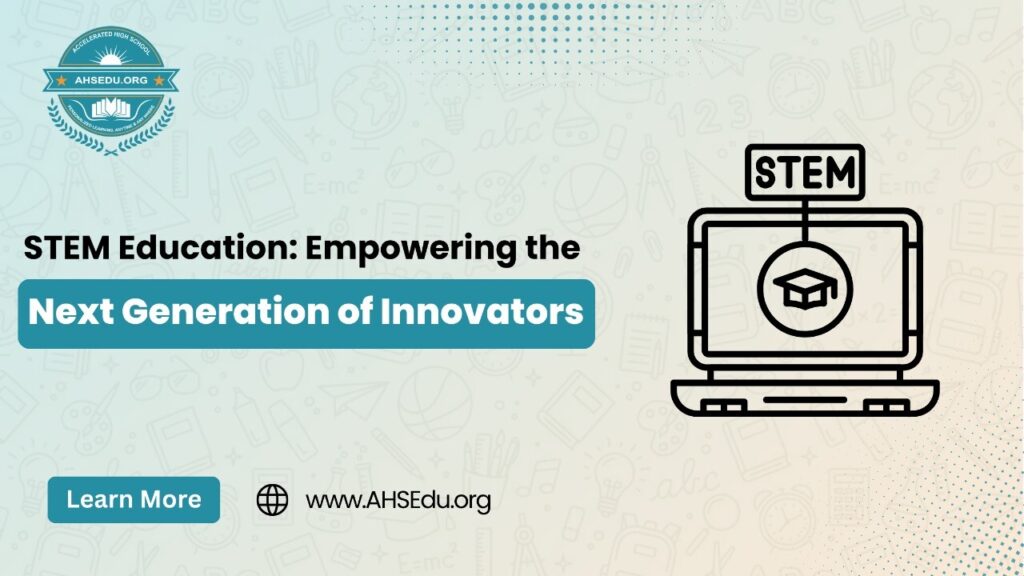
In today’s rapidly evolving world, education is no longer just about reading, writing, and memorizing facts. It’s about developing problem-solvers, critical thinkers, and future innovators. One of the most impactful approaches to achieving this is STEM education, a system that integrates science, technology, engineering, and mathematics in a hands-on, real-world context.
STEM is an interdisciplinary approach that combines the four pillars:
STEM is not about teaching four subjects in isolation. It is about connecting them to help students understand and solve real-world problems using creativity and logic.
For example, a STEM project may include designing a bridge (engineering) using calculations (math), considering materials (science), and using a design app (technology).
1. Prepares Students for the Future
With the rise of automation, AI, robotics, and data science, STEM careers are in high demand. From software engineers to environmental scientists, these fields offer excellent growth, income, and impact opportunities.
2. Builds Critical Thinking and Problem-Solving Skills
STEM projects often require students to experiment, make decisions, revise strategies, and collaborate, which are skills that are crucial in any career.
3. Encourages Innovation and Creativity
While people often associate STEM with rigid logic, it’s deeply creative. Designing a robot or creating a mobile app involves imagination just as much as technical skill.
4. Boosts Economic Growth
Countries that invest in STEM education are often at the forefront of technological advancement and economic success. STEM-skilled workers help drive innovation and competitiveness.
Japan: Tech-Savvy and Future-Focused
Japan has long been a leader in innovation, robotics, and technology. Its government actively supports STEM education from elementary school through university. Here’s how:
South Korea: High-Tech, High-Education
South Korea has integrated STEM into national curriculum standards. Students regularly compete in science fairs, math competitions, and coding hackathons, often sponsored by leading tech firms like Samsung and LG.
Finland: Creativity-Driven STEM
Finland blends STEM with project-based learning, focusing on how different disciplines connect. A child might learn biology, coding, and math all through a single environmental project.
United States: Global Leader in Research
The U.S. has thousands of STEM magnet schools, public-private partnerships, and after-school STEM programs funded by tech giants like Google, Microsoft, and NASA. Programs like FIRST Robotics and Girls Who Code are making STEM accessible to all.
STEM for All: Reaching Underprivileged Communities
While many developed nations have built strong STEM frameworks, there’s still a large global gap. Millions of students, especially in underprivileged areas, don’t have access to quality science or computer education. This is where AHSEdu.org is making a difference.
We are a non-profit initiative dedicated to providing free STEM education to students across the globe, especially in underdeveloped and underserved regions.
What Sets Us Apart?
With AHSEdu, a student in a remote village can learn how to build a website, write a line of code, or understand robotics. These are skills that can transform lives and uplift entire communities.
STEM education isn’t just a trend but the foundation of the future. Whether curing diseases, building smart cities, or exploring space, STEM helps students to dream bigger and solve complex global problems.
By supporting and spreading STEM education, especially in underprivileged areas, we not only shape individual lives but also shape a better, smarter, and more connected world.
Join the mission. Explore free STEM courses at AHSEdu.org and be a part of global change.

AHSEDU.org offers personalized learning for every student. With a curriculum standardized with USA State Standards, Free interactive videos, Fun and interactive learning content, Constructive assessments, and take-home worksheets we address the unique educational needs of each learner to ensure success.